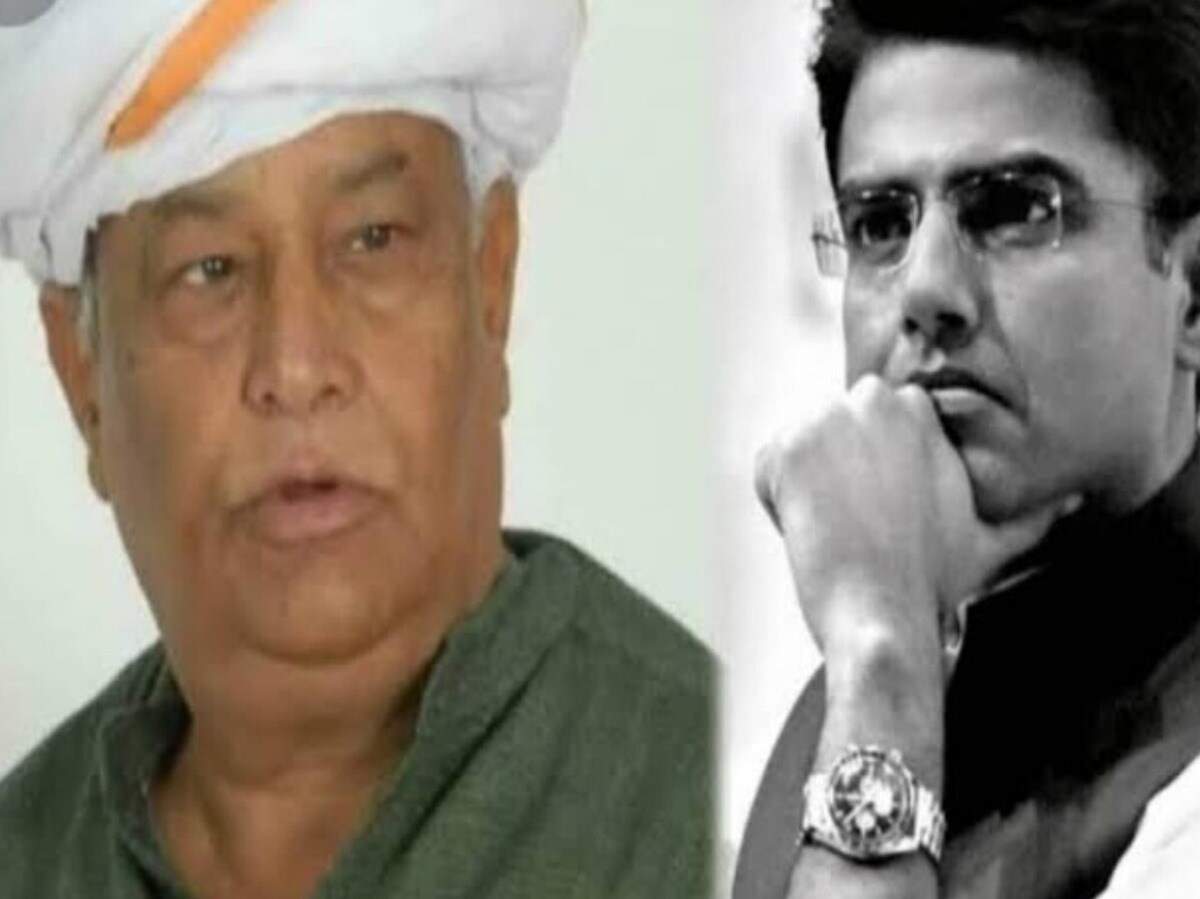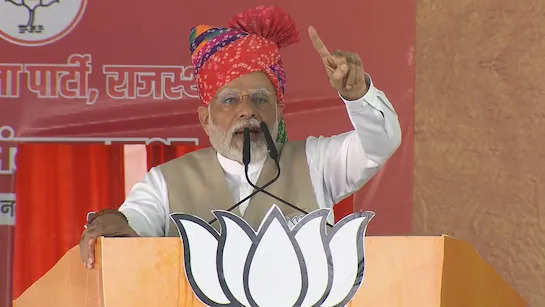
Jaipur : Jaipur, ‘Jaisingh Raja Huya Tapdhari, Jaipur Nagar Basayo Bhari, Rachna Sab Shaharon Se Nyari…’ This saying sums up the millions of tourists who visit Jaipur every year. This number of tourists is increasing every year. Jaipur, which has the status of a World Heritage City, is the first planned city, the settlement of which was conceived 150 years ago. This historical city was founded by Sawai Jai Singh II on 18 November 1727. Nine quarters were established here according to the architecture and Navagrahas.
First Kalki temple built in Jaipur
It is said that the world’s first Kalki temple was built in Jaipur. This temple is located in Sirhadyodhi market and belongs to the government direct charge category. It was constructed by Sawai Jai Singh between 1732 and 1742. According to historian Govind Shankar Sharma, in the book ‘Vachan Praman’ written during the time of Sawai Jai Singh, it is said that Lord Kalki resides in the middle of the eight-petalled lotus. This temple is also mentioned in the sixth canto of the Sanskrit epic Ishwar Vilas written by Shri Krishna Bhatta, in which it is said that Sawai Jai Singh used to worship Lord Kalki.
The shape of Lord Krishna’s crown in Hawa Mahal
Hawa Mahal, a wonderful example of the architecture of Jaipur, was built by Sawai Pratap Singh in 1799. The structure of Hawa Mahal is in the shape of the crown of Lord Krishna. It has 365 small windows, Sharad Mandir, Ratan Mandir, Vichitra Mandir, and Hawa Mandir. Its construction is a symbol of Sawai Pratap Singh’s devotion towards Shri Krishna.
Nahargarh Fort built on a 700 feet high hill
Nahargarh Fort is situated on a 700 feet high hill, which was built by Sawai Jai Singh in 1734. There are a total of 10 buildings within the fort. These buildings are famous by the names of Suraj Prakash, Chand Prakash, Kushal Prakash, Anand Prakash, Jawahar Prakash, Lakshmi Prakash, Ratan Prakash, Lalit Prakash and Basant Prakash. A unique system of water storage also exists here even today.
First verandah built in Ramganj
The verandahs were first constructed in Ramganj. Its model was prepared in front of Mehndi Chowk and after that verandahs were constructed in Ramganj market and other markets. According to historian Siasharan Lashkari, tin sheds were installed in the city’s markets in 1872. In 1875, Sawai Ram Singh got the city painted pink, whereas before that the city was white. In 1942, Sawai Mansingh II and the then Prime Minister Sir Mirza Ismail gave a modern look to Jaipur and got verandahs constructed.
last handmade gold coin
The last hand-made gold coin was issued in 1949, the 28th and last year of the reign of Sawai Mansingh II. At that time the value of this coin was Rs 28. On one side of this coin, the royal emblem of Ayodhya, Kachnar tree and the 28th year were inscribed in Urdu, while on the other side, 1949 AD was inscribed.


